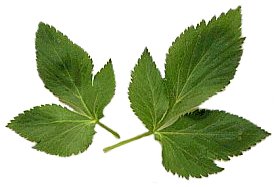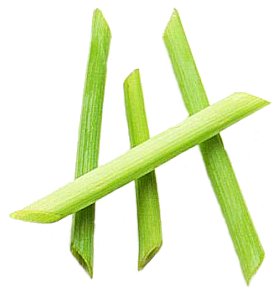

Angelica

(From latin angelus, an angel, referring to angelic healing properties.) Umbelliferae. Some fifty species of biennial, monocarpic or perennial taprooted herbs, usually tall and stout, sometimes slight. Leaves ternate to 2-3-pinnate, segments broad, serrate, dentate or lobed; petioles sheathing. Umbels compound; rays numerous; bracts few or absent; bracteoles numerous; calyx of minute teeth or absent; flowers white, or green-white or tinged pink. Fruit oblong-oval to orbicular, dorsally flattened; mericarps with broad wings and three dorsal ridges; vittae few or numerous. N Hemisphere. New Zealand species formerly included in Angelica have been transferred to other genera. CultivationIndigenous to all continents of the northern hemisphere, Angelica species are found in damp habitats. Angelica sylvestris occurs in damp meadows, fens and moist woodland. Angelica archangelica is found as a garden escape in Britain, naturalised on streamside and riverbank. The young stems are crystallised for confectionary decoration, cut and prepared as a vegetable as for asparagus, or cooked with rhubarb, to alleviate its tartness. The fresh or dried leaves are used in herbal tisanes and, if carefully dried in the dark at low temperatures, retain a good colour and fragrance useful in pot-pourri. The most commonly cultivated species, Angelica archangelica is a tall, stately addition to the herb garden; the large and ornamental umbels of flowers provide a valuable nectar source for bees. Other species have been used in tropical bedding schemes; Angelica sylvestris, the wild angelica, is sometimes grown in the wild garden or as a border ornamental, its stems and densely flowered umbels flushed an attractive pink. Angelica may die after flowering but can be induced to behave as a reliable perennial if flowerheads are removed before seed is set. Grow in deep, moist and fertile soil in dappled shade or in full sun where soil remains moist throughout summer. Harvest leaf stalks and stems of Angelica archangelica for candying, or for use as a vegetable when young and tender in spring. Propagate from ripe seed sown fresh; Angelica archangelica will self-sow in profusion under favourable conditions. Seed requires light for germination and remains viable only for short periods. Angelica archangelicaGARDEN ANGELICA; ARCHANGEL; WILD PARSNIP. Monocarpic herb with stems commonly green, to 2m. Leaves to 60cm, 2-3-pinnate, segments oblong-ovate, to 15cm, glabrous, irregularly and deeply toothed, terminal segments 3-parted, sessile, decurrent on rachis; petiole of lower leaves long, upper leaves with strongly inflated petiole. Umbels compound; rays numerous; involucre composed of few bracts; involucel composed of numerous bracteoles; flowers green-white to cream. Fruit around 6mm; mericarps with prominent ribs, wings narrow, thick, corky; vittae solitary. Early summer. N and E Europe, to C Asia, Greenland; naturalised Great Britain. Z4. Other species of the genus Angelica are cultivated for their garden interest. The species featured here is most popular for culinary purposes.
|
Home
Grow Nuts
Grow Fruit
Grow Vegetables
Cyberian Index
If you like this website and want one of your own contact
Cyberian All information correct at
time of publication and open to updates as necessary. No part of this website,
or its vectors, may be produced in any shape or form, using any type or design
of medium, system, equipment or otherwise without the prior written consensual
notice of the Cyberian. Any breach of these requirements will result in the
appropriate action. If in doubt, e-mail contact is recommended.
Some components of this website were obtained as open-source software and are
used in the same non-profit manner on this website.